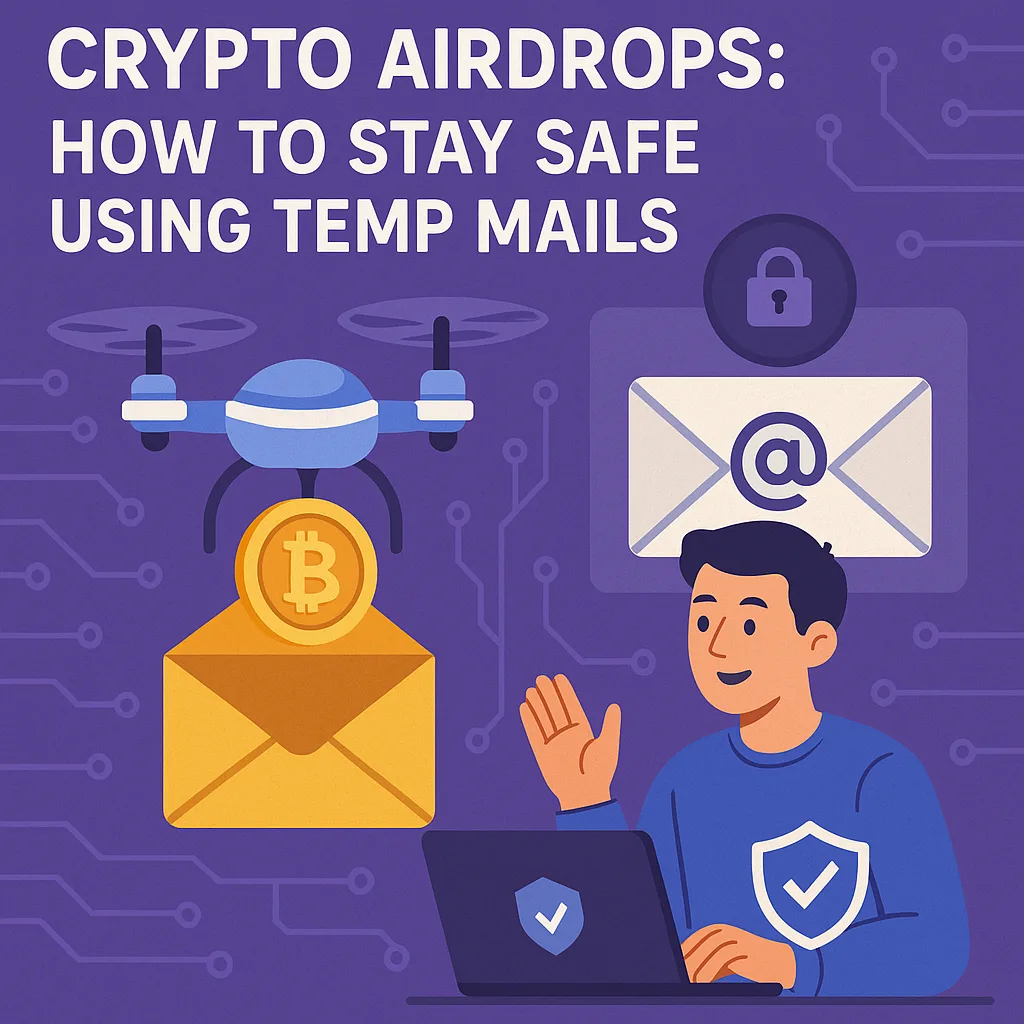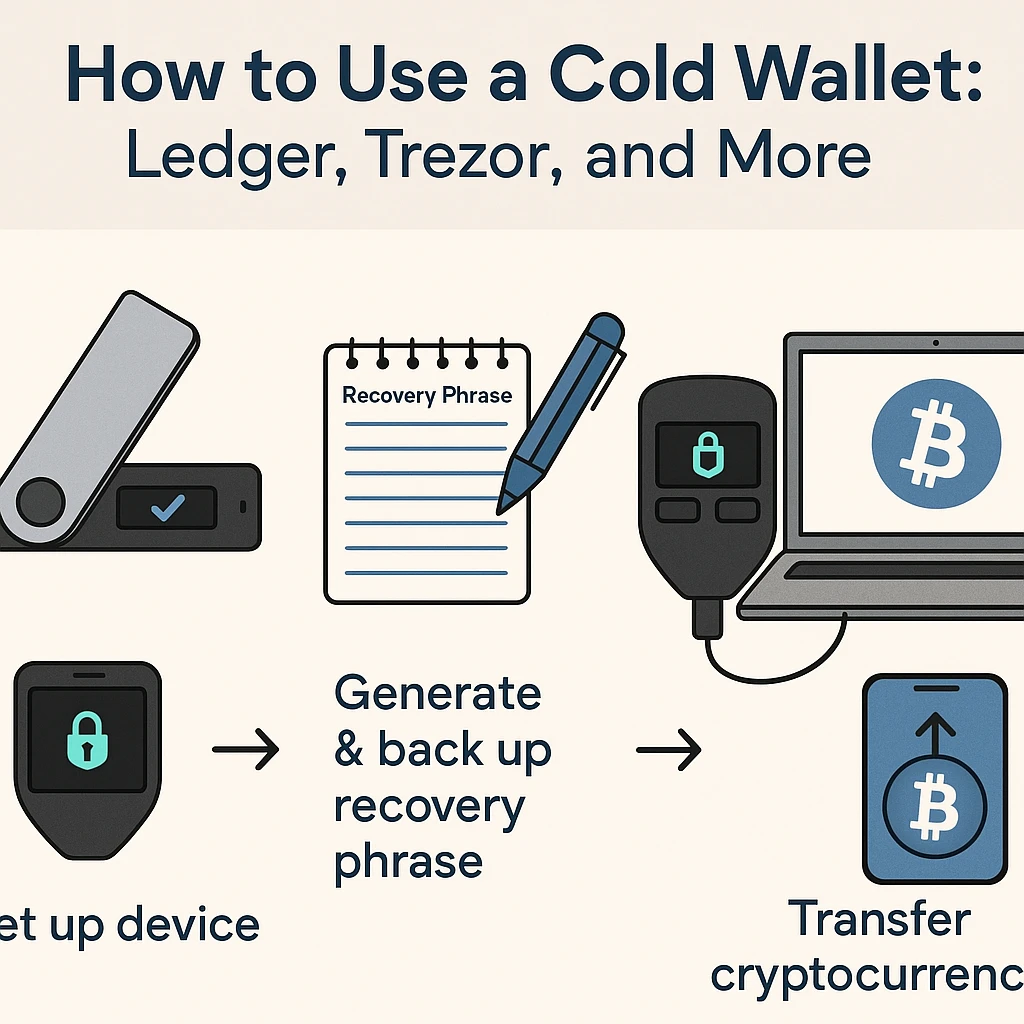Introduction
By enabling artists to sell one-of-a-kind digital assets on blockchain-based platforms, Non-Fungible Tokens (NFTs) have completely transformed the digital art sector. Royalties, a mechanism that guarantees artists and content producers get continuous income whenever their artwork is resold, are among the most revolutionary features of NFTs.
NFT royalties guarantee that creators profit from future sales of their work by giving them a passive income stream. However, what are these royalties and why do they matter for the development of digital art in the future?
In this comprehensive guide, we’ll cover:
✅ What NFT royalties are and how they function
✅ The importance of royalties for artists and creators
✅ How smart contracts automate royalty payments
✅ The best NFT platforms for earning royalties
✅ Challenges and controversies surrounding NFT royalties
✅ How temporary emails like 10minutesmails can protect NFT creators from scams
By the end, you’ll understand how NFT royalties empower creators and how you can maximize earnings from your digital art.
1. What Are NFT Royalties?
Every time an NFT is resold on the secondary market, the original creator receives an automatic payment known as an NFT royalties. Usually, these payments represent a portion of the sale price (for example, 5–10%).
How Do NFT Royalties Work?
🔹An artist establishes a royalty percentage (for example, 10%) while minting an NFT.
🔹 The smart contract automatically transfers the creator's royalty share in the event that the NFT is resold.
🔹 The NFT's code incorporates the royalty payment, guaranteeing that artists are compensated directly.
For example:
🎨 A 10% royalty is charged when an artist sells an NFT for $1,000.
💰 Later, the buyer sells it for $5,000.
💸 The resale automatically gives the artist $500 (10% of $5,000).
This system ensures that creators continue to profit from their work even after the initial sale.
2. Why Are NFT Royalties Important for Creators?
🔹 1. Passive Income for Artists
NFT royalties give artists the opportunity to get passive revenue from subsequent resales, as contrast to typical art sales where they only receive payment once.
🔹 2. Fair Compensation for Digital Creations
Resales seldom help artists in conventional internet marketplaces. NFT royalties provide equitable remuneration, which alters the rules.
🔹 3. Eliminating Middlemen
By automating royalties, NFTs and smart contracts eliminate the need for galleries, auction houses, or middlemen.
🔹 4. Encouraging Artists to Create More
NFTs offer a stable revenue model since producers receive royalties permanently, which promotes greater creativity in digital art.
3. How Do Smart Contracts Automate NFT Royalties?
Smart contracts, which are self-executing agreements kept on a blockchain, are what drive NFT royalties.
🔹 How Smart Contracts Ensure Royalties Are Paid
1️⃣ The creator determines the royalty percentage and mints the NFT.
2️⃣ The smart contract keeps track of transactions including ownership and resale.
3️⃣ The contract automatically deposits the royalties into the creator's wallet upon the resale of the NFT.
Because of this automation, NFT royalties are transparent and untrustworthy, guaranteeing that creators always get paid.
4. NFT Marketplaces That Support Royalties
Automatic royalties are supported by a large number of NFT platforms. These are a few of the most well-liked ones:
🔹 1. OpenSea
✔️ Among the biggest NFT markets
✔️ Allows for customized royalties percentages
✔️ Ethereum and Polygon NFTs compatible
🔹 2. Rarible
✔️ NFT marketplace that is completely decentralized
✔️ permits creators to get royalties of up to 50%.
✔️ Compatible with the blockchains of Ethereum, Tezos, and Flow
🔹 3. Foundation
✔️ Centered on creator royalties and digital art
✔️ 10% earnings from secondary sales are given to artists.
✔️ Supports NFTs based on Ethereum
🔹 4. SuperRare
✔️ Upscale online store for unique digital artwork
✔️ Allows producers and collectors to split royalties.
✔️ Employs Ethereum smart contracts to make payments automatically.
5. Challenges and Controversies Surrounding NFT Royalties
🔹 1. Not All Marketplaces Enforce Royalties
Resellers are able to avoid creator fees because some NFT markets do not honor royalties.
🔹 2. Buyers Avoiding Fees
In order to avoid paying royalties, some buyers sell NFTs privately, which reduces the income of inventors.
🔹 3. Smart Contract Limitations
Some blockchains do not allow built-in royalty enforcement, and NFT royalties are dependent on smart contract standards (such as ERC-721 and ERC-1155).
🔹 4. Royalties Are Not Legally Enforced
NFT royalties are not mandated by law, and marketplaces are free to decide whether to pay them, in contrast to traditional music or art royalties.
6. How Temporary Emails Like 10minutesmails Protect NFT Creators
Why NFT Creators Need Temporary Emails
NFT customers and artists are frequently targeted by:
🚨 Phishing scams trying to steal wallet credentials
🚨 Fake NFT airdrops tricking users into clicking malicious links
🚨 Marketplace scams asking for private keys or seed phrases
Using temporary email services like 10minutesmails helps creators:
✔️ Avoid spam and phishing attacks
✔️ Prevent NFT scams and fraudulent offers
✔️ Keep their real email identity safe from hackers
By using a temporary email for NFT accounts, creators can protect their wallets and personal data from security threats.
7. How to Maximize Your Earnings from NFT Royalties
Want to make the most out of NFT royalties? Follow these strategies:
✅ Choose NFT-friendly marketplaces that enforce royalties (e.g., OpenSea, Rarible).
✅ Set a reasonable royalty percentage (5%-10% is ideal).
✅ Market your NFTs effectively through social media and Discord communities.
✅ Stay updated with NFT trends and new marketplaces.
✅ Use 10minutesmails to protect yourself from NFT phishing scams.
Conclusion: NFT Royalties Empower Digital Artists
Artists can now generate passive revenue after their first sale thanks to NFT royalties, which have revolutionized the way they sell their digital work. To safeguard their profits, artists must be mindful of security threats, smart contract restrictions, and marketplace regulations.
🔹 By choosing the right NFT platforms, setting smart royalties, and securing their assets with temporary emails like 10minutesmails, creators can ensure they get paid fairly and avoid scams.
As the NFT space continues to grow, royalties will play a crucial role in ensuring fair compensation for digital artists in the Web3 era. 🚀





Leave a Reply